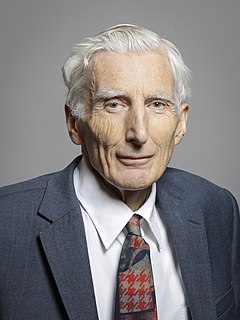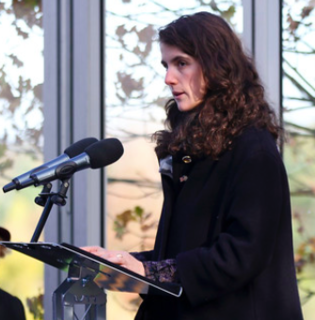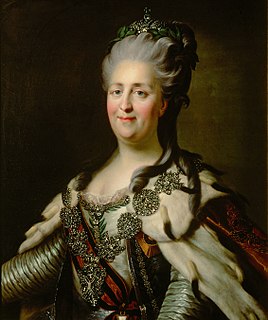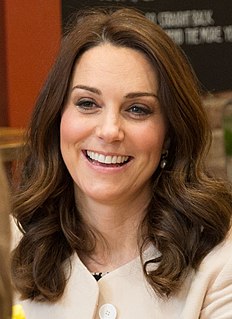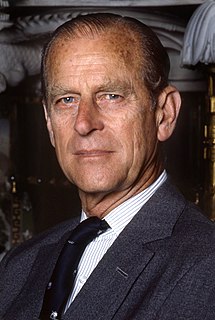A Quote by Albert II, Prince of Monaco
We have no choice: we must protect Arctic ice, enable it to continue to act as an essential temperature regulator for the planet, avoid the catastrophic rise in sea levels that would result from the ice melt, and stop the disappearance of permafrost releasing irreversible quantities of greenhouse gases back into the atmosphere.
Related Quotes
Mainly, of course, if you're not an ice climber, where you really need ice, for most people ice is a damn nuisance. And we just can't wait for it to all melt.And it's always a remarkable fact that it takes so long to melt because the temperature of the air can be well above the freezing point, and the ice is still solid there. So for most people, that's the experience.
When Charles Darwin wrote The Origin Of The Species, no one could have known that the ice cap would melt, that the waters would rise and that life on earth would have to evolve in order to live beneath the sea once more or perish. We came from water and now, with the help of stem cell technology and cloning, we must go back to it to survive.When the waters rise, humanity will go back to the place from whence it came.Make no mistake, this is not sci-fi, this is evolution
We finally know where the red line for climate really is. After the rapid melt of arctic ice in the summer of 2007, our best scientists, led by NASA's Jim Hansen, went back to work and produced a series of papers showing that with more than 350 ppm (parts per million) of carbon dioxide in the atmosphere, we couldn't have a planet "similar to the one on which civilization developed and to which life on earth is adapted."
Permafrost in the soil [is melting], in the boreal and arctic areas in the world, and, probably even more alarming in the last six or eight months, the data on what is happening to the ice shelves in Greenland and the west Antarctic has begun to cause people to radically reassess the earlier conviction that those ice shelves were stable on a kind of century-long time scale.
There is universal consensus among experts that the earth's atmosphere is heating up - and that we are responsible for it by putting carbon dioxide in the atmosphere. We also know that the consequences of global warming are catastrophic. But how do we make sure that all countries reduce greenhouse gases?
The burning of fossil fuels has altered the amount of carbon dioxide in the atmosphere so rapidly and so abundantly that now, we are driving not just the warming trend, not just the sea level rise that is a consequence of the warming trend that is melting polar ice and alpine ice, but also [ocean acidification].



